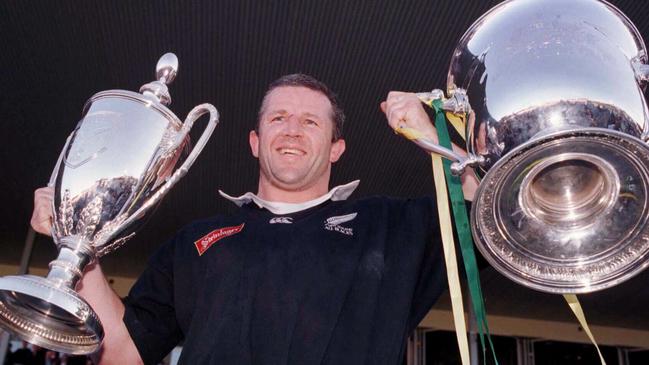
The former All Blacks hooker — a man so annoying he could goad the Dalai Lama into a bit of biffo — picked a side for ruck.co.uk that featured eight New Zealanders, four Englishmen, two Welshmen and one from Ireland.
Nobody from three-time world champion South Africa rated a spot and certainly none from trans-Tasman rivals the Wallabies.
Fitzpatrick was the hooker when Australia knocked New Zealand out of the 1991 World Cup; he was captain four years later when the Springboks beat the All Blacks in the RWC final. Perhaps those defeats still sting.
By no means is Fitzy’s XV a dud, it’s just that we can do better. So we have.
He opens up with Welsh wizard JPR Williams at fullback, Jonah Lomu on a wing and Ireland’s greatest player, Brian O’Driscoll, at outside centre. We concur.
But we can’t work out if he was just being nice to the Brits who published his list by selecting England’s Jason Robinson on the other wing. There are about 10 others we’d choose ahead of the diminutive rugby league convert, but there’s only one we need to mention: David Campese — the player of the 1991 World Cup. Was Fitzy’s head still in a ruck when Campo scored on that brilliant angled run in the 91 semi-final? Or during his magical no-look pass to Tim Horan in the same game?
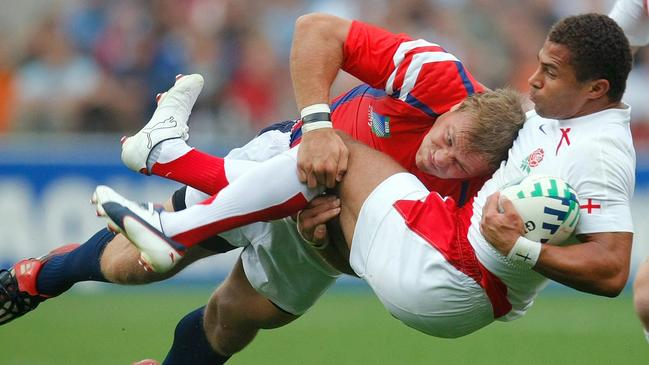
We applaud Fitzpatrick for choosing the multi-talented Ma’a Nonu at inside centre over the more predictable Tana Umaga but it is Frenchman Philippe Sella for us.
Sella was once described as having the “strength of a bull but the touch of a piano player” — an incredible attacker and defender who played a then-world record 111 Test caps.
It would be awkward of Fitzpatrick not to select Dan Carter at No 10 but we say Mark Ella was the more gifted attacking five-eighth. It’s easy to forget Ella retired at 25. What more could he have achieved?
The versatile Englishman Richard Hill is his blindside flanker but NZ’s Jerry Collins was the hardest hitter in the history of the game. We’ll take him, thanks.
Fitzy picked the skilful Zinzan Brooke at No 8 but Wayne “Buck” Shelford is the man we’d prefer to go into battle alongside. And it’s John Eales over Colin “Pinetree” Meads (a player we admit is a little before our time), packing down alongside Frankenstein’s monster (AKA Martin Johnson) in the second row.
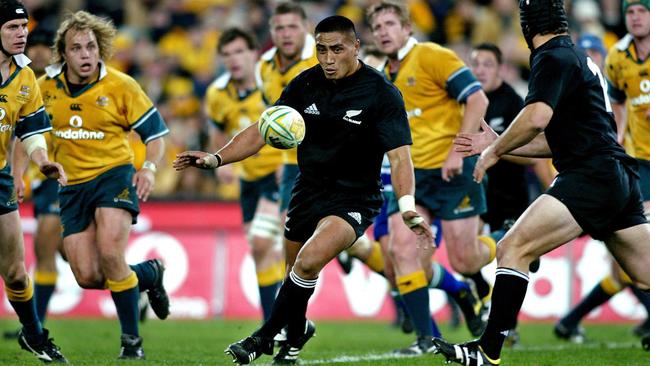
Our front row of Os du Randt (South Africa), Keith Wood (Ireland) and Jason Leonard (England) looks bigger and better than his trio of Olo Brown, Dane Coles (the second most annoying NZ hooker ever) and Leonard.
So there you have it: four New Zealanders, three Aussies, two Welshmen, two Irishmen, two Poms, a Frenchman and a Springbok. Do you agree?
Fitzpatrick’s XV
15 JPR Williams (Wales); 14 Jonah Lomu (NZ), 13 Brian O’Driscoll (Ire), 12 Ma’a Nonu (NZ), 11 Jason Robinson (Eng); 10 Dan Carter (NZ), 9 Gareth Edwards (Wales); 8 Zinzan Brooke (NZ), 7 Richie McCaw (NZ), 6 Richard Hill (Eng), 5 Colin Meads (NZ), 4 Martin Johnson (Eng); 3 Olo Brown (NZ), 2 Dane Coles (NZ), 1 Jason Leonard (Eng).
AWAAT’s XV
15 JPR Williams (Wales); 14 Jonah Lomu (NZ), 13 Brian O’Driscoll (Ire), 12 Philippe Sella (Fra), 11 David Campese (Aus); 10 Mark Ella (Aus), 9 Gareth Edwards (Wales); 8 Wayne Shelford (NZ), 7 Richie McCaw (NZ), 6 Jerry Collins (NZ), 5 John Eales (Aus), 4 Martin Johnson (Eng); 3 Os du Randt (RSA), 2 Keith Wood (Ire), 1 Jason Leonard (Eng).
Djoker’s gut feeling
It’s not just Nick Kyrgios who has a problem with Novak Djokovic, a man who seems to be the least popular tennis player since Jeff Tarango faded into ignominy.
Rising Greek star Stefanos Tsitsipas didn’t name the Serbian world No 1 in a series of tweets on Friday but it was impossible to miss who he was talking about.
“I like how some people claim to be vegan and everything but keep playing with natural-gut strings,” Tsitsipas tweeted.
“It’s almost like: I don’t eat meat and burgers but every match I play equals 8 dead animals. All that, for the sake of my feeling on-court.”
Yes, Djokovic uses natural-gut strings. And yes, he often espouses the benefits of his plant-based diet. He doesn’t like being called a vegan, because he doesn’t like labels, but says he can’t eat meat or dairy products after hearing of the brutalities of animal and dairy farming.
“It is a lifestyle, not just a diet, because you have the ethical reasons as well, being conscious of what is happening in the animal world, the slaughtering of animals and farming and everything, that there is also a huge impact on climate change that people maybe don’t talk about as much,” Djokovic has said.
Modern-day natural-gut tennis strings are produced by fibres extracted from cow intestines. We await responses from Djokovic (and Kyrgios) eagerly.
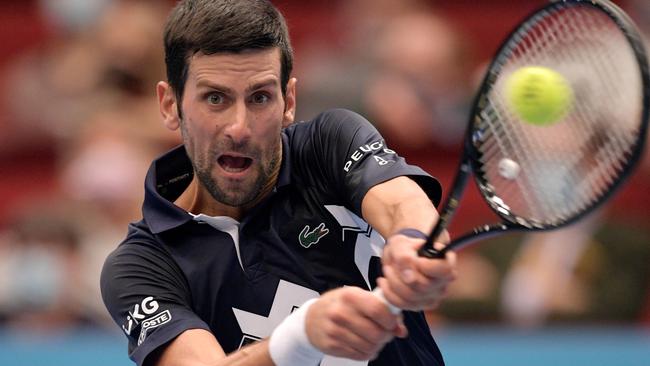
Watto’s career review
When Shane Watson announced his retirement from all forms of cricket this week, two types of reaction floated to the surface:
1 Hey Watto, are you sure you don’t want to use up a decision review before leaving the crease for the last time?
2 How dare you keyboard warriors refuse to deify a modern great of Australian cricket.
Which response is on the mark? According to us — and a close look at some relevant stats — both are right and both are wrong.
Based on the ICC’s official player rankings, Watson was rated as an average Test player, a very good ODI allrounder and an elite T20 performer.
His highest ranking as a Test batsman was 14th at a career average of 35.20. His best bowling rank was 10th with a career average of 33.68. In one brief period he was rated the second-best Test allrounder in the world.
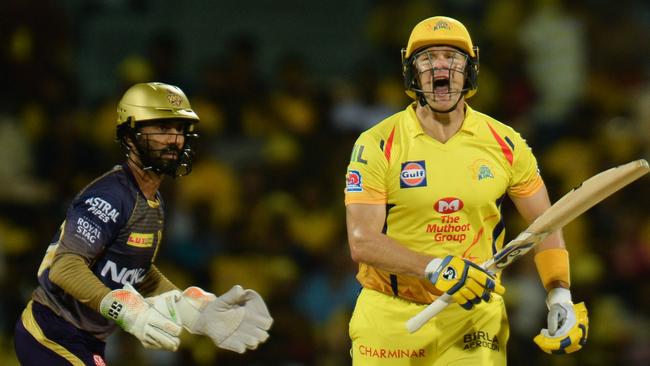
In ODIs, he topped out at third (batting), 15th (bowling) and was frequently rated the world’s No 1 allrounder. In T20s he reached No 2 (batting) and No 4 (bowling) but spent most of his T20 career as the No 1 ranked allrounder.
But it is his use of the decision review system which has drawn most ire. The DRS was introduced in 2009, five years into Watto’s Test career. Even he admitted he struggled with it.
“As soon as the reviews come in then you have to change your whole understanding of exactly whether it’s out and the rules that go with the umpire’s call,” he once said. “It took me a while to realise I hadn’t worked that out at all.”
The stats show that Watson used the DRS 12 times in Tests — the most by any Aussie of his era — and had a decision against him overturned four times for a strike rate of 33 per cent.
The average success rate for batting reviews is 34 per cent so he’s not as bad as people remember but far less successful than Alastair Cook who was right 47 per cent of the time.
You just get the feeling Watto was never quite he player we thought he’d become. We were expecting Keith Miller but ended up with a blend of Jacques Kallis and Scott Styris.
We also think that if you’re going to get picked in all three forms of the game it is your Test performances on which you are judged. At least in Australia.



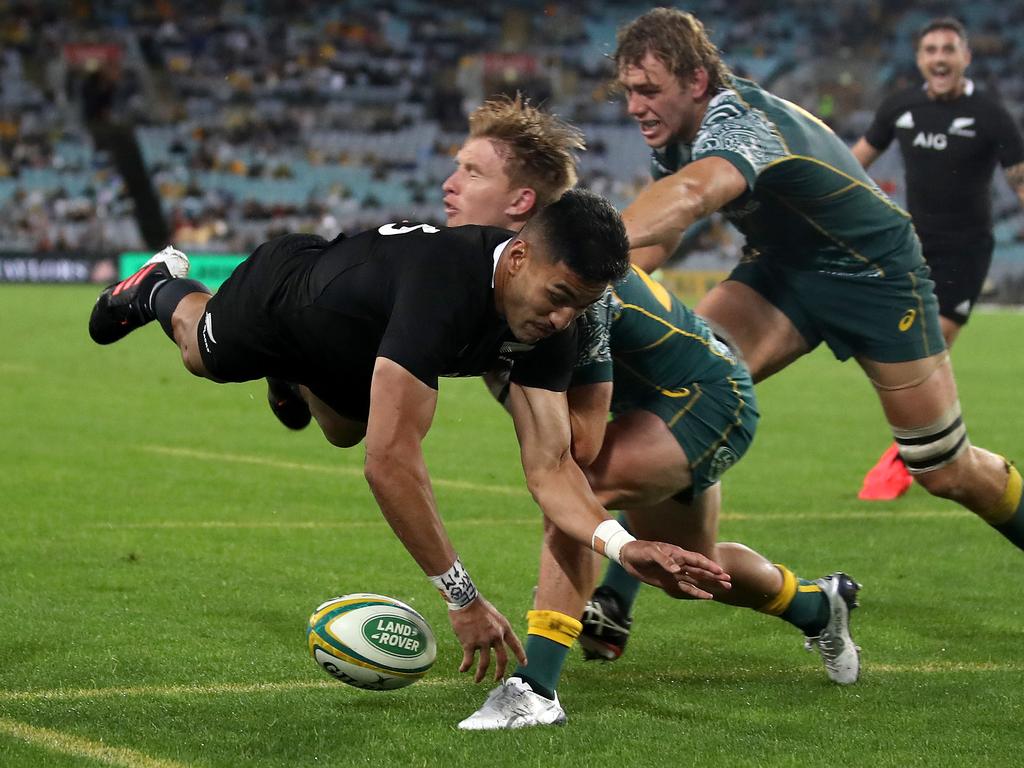

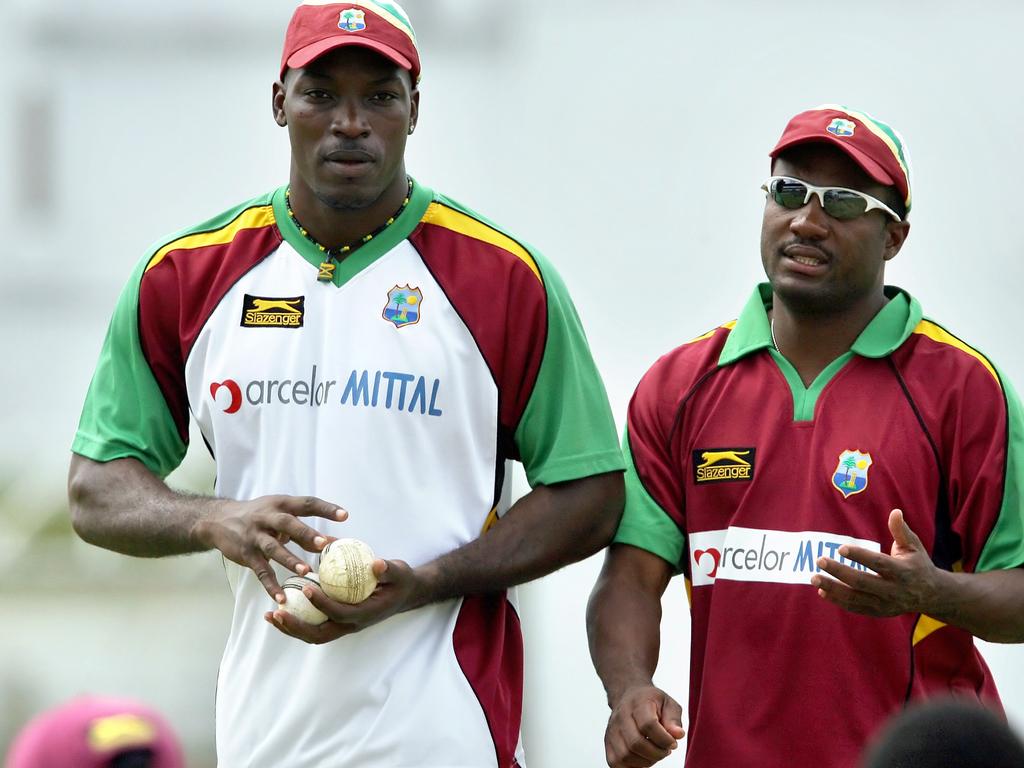


It came as no surprise that when New Zealand’s agitator-in-chief Sean Fitzpatrick announced his greatest rugby team in history, not a single Australian cracked the list.